The National Aeronautics and Space Act of 1958 established NASA as the nation’s civilian space agency. President Dwight D. Eisenhower signed the act into law on July 29, 1958. To lead the new agency, built around the National Advisory Committee for Aeronautics (NACA), President Eisenhower nominated T. Keith Glennan as administrator and Hugh L. Dryden as deputy administrator. Following confirmation by the Senate, they were sworn in on Aug. 19. The agency officially opened for business on Oct. 1 at its first headquarters at the Dolley Madison House in Washington, D.C. In one of its first acts, NASA established the Space Task Group to launch the first Americans into space.
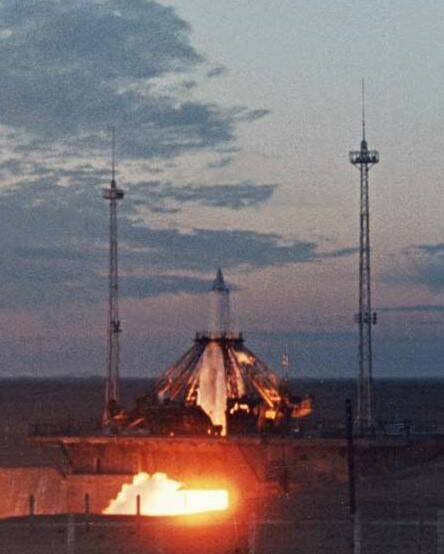
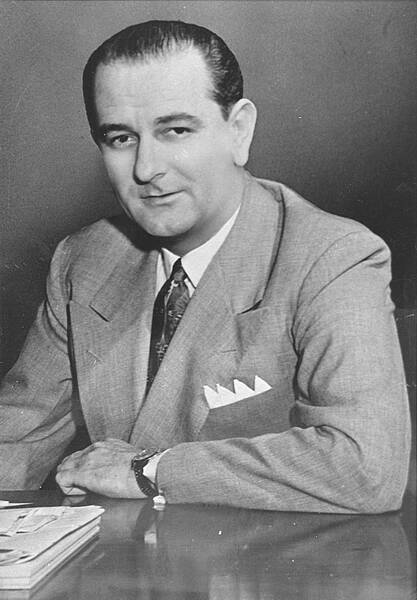
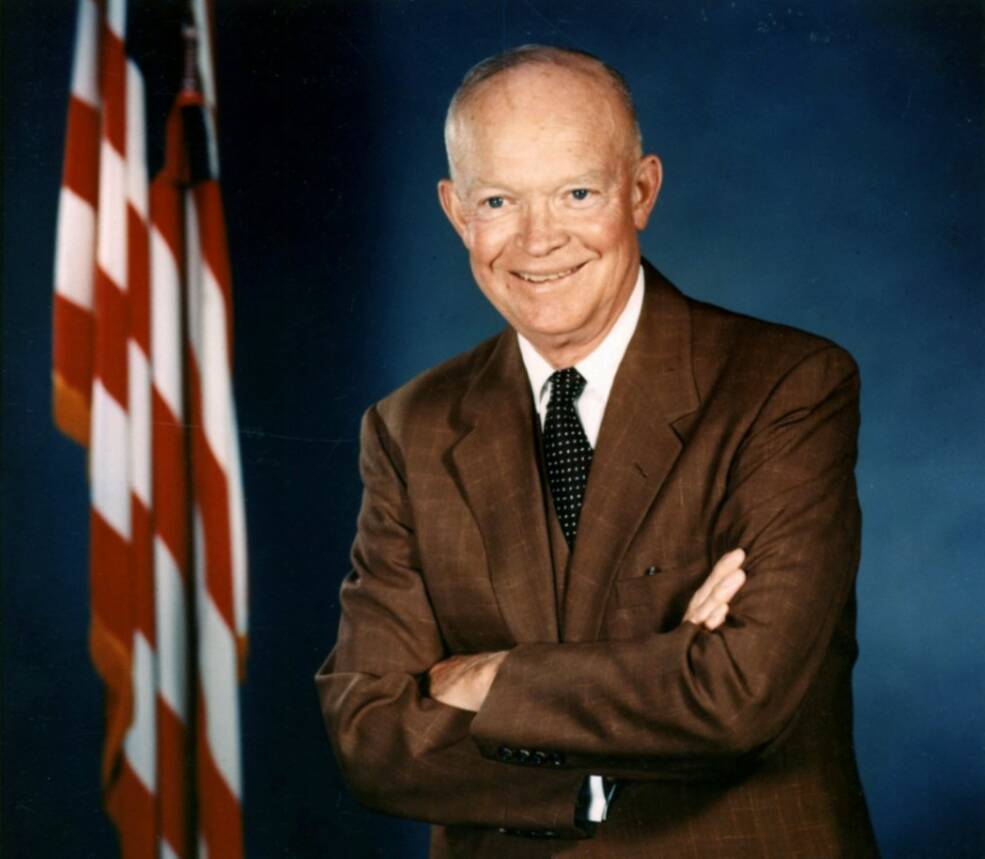
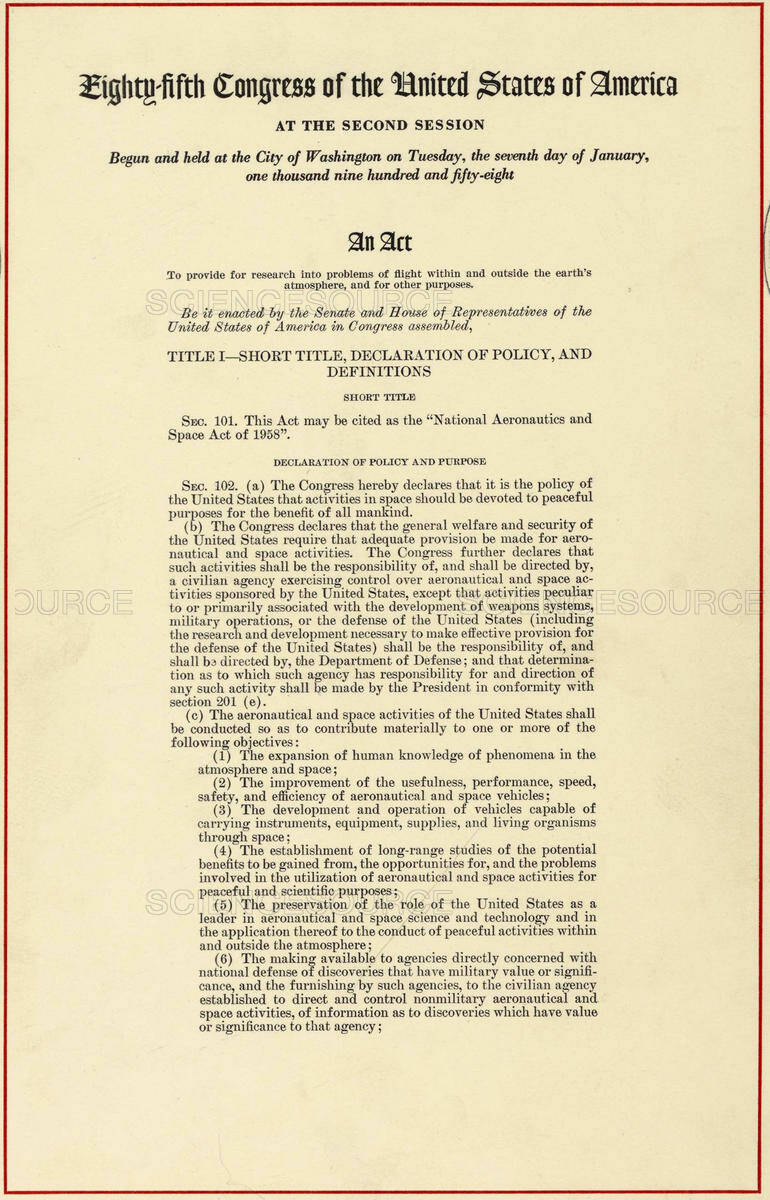
Left: Sputnik lifts off its launch pad to inaugurate the Space Age. Middle left: Senate Majority Leader Lyndon B. Johnson. Middle right: President Dwight D. Eisenhower. Right: The National Aeronautics and Space Act of 1958.
Following the Soviet Union’s launch of Sputnik, the world’s first artificial satellite on Oct. 4, 1957, the United States responded with the creation of a new agency to oversee the nation’s civilian space program. After months of congressional hearings spearheaded by Senate Majority Leader Lyndon B. Johnson, the U.S. Congress passed the National Aeronautics and Space Act of 1958 on July 16, 1958. On July 29, President Eisenhower signed the act as Public Law 85-568 to create the National Aeronautics and Space Administration.
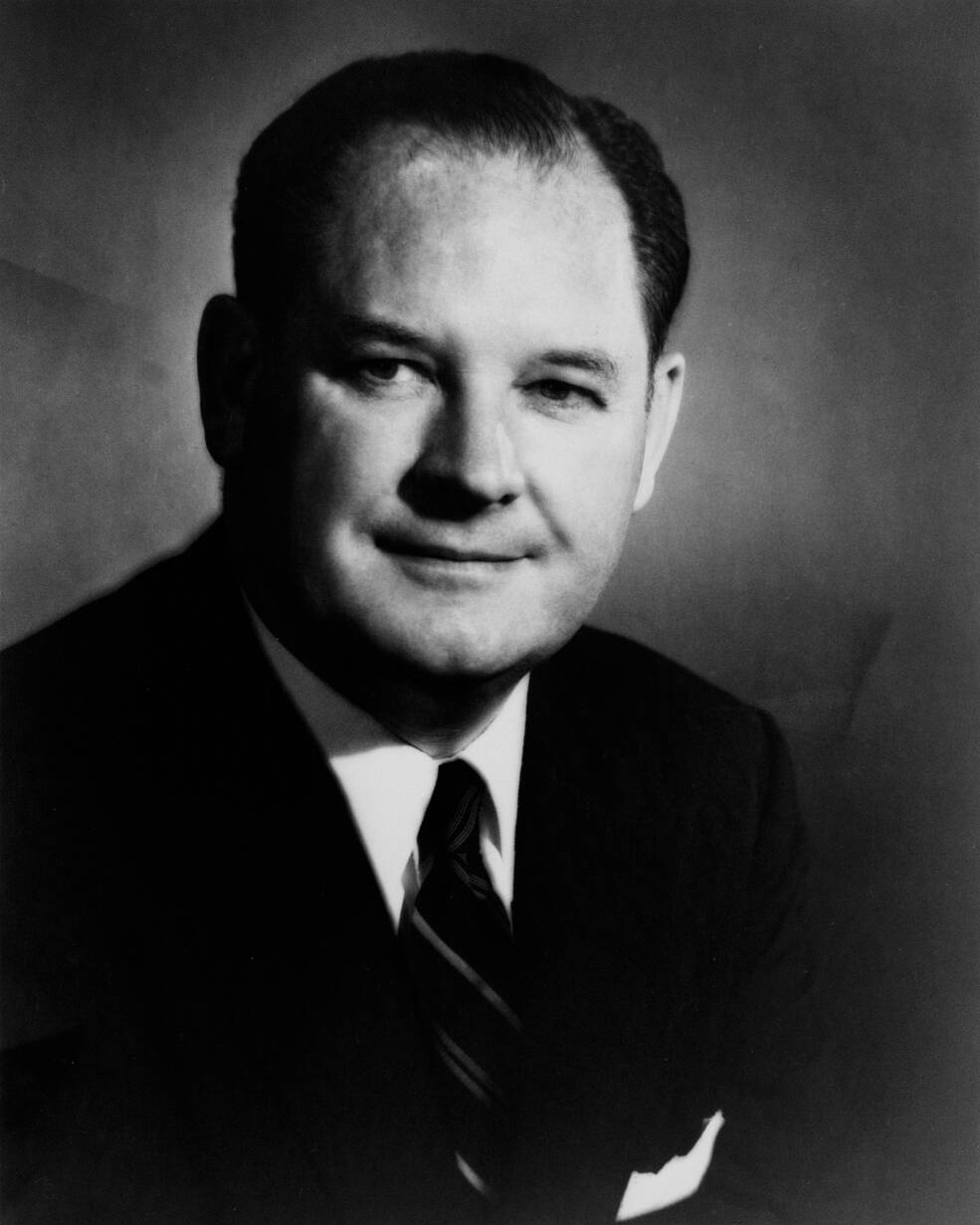
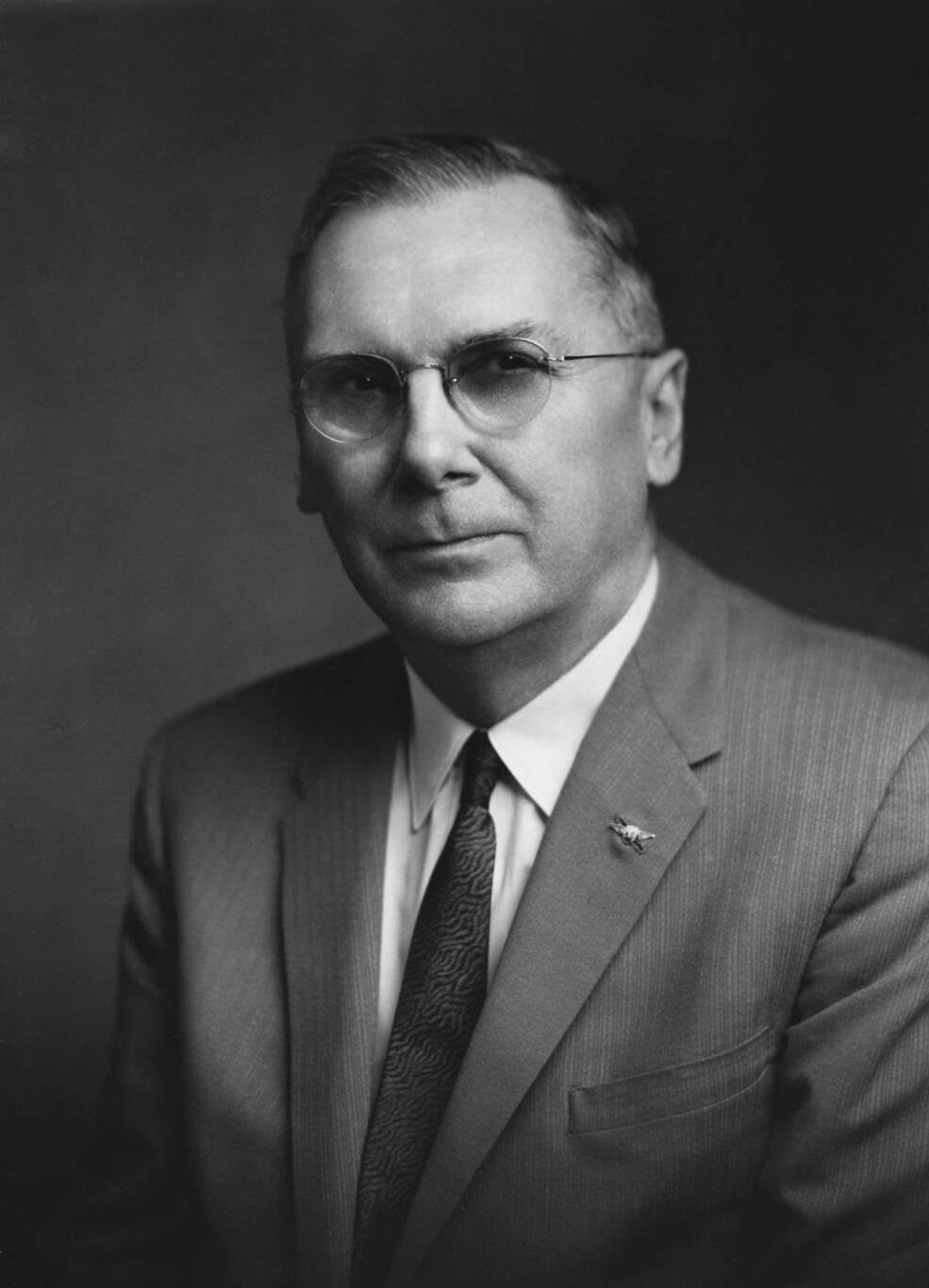
Left: T. Keith Glennan. Right: Hugh L. Dryden.
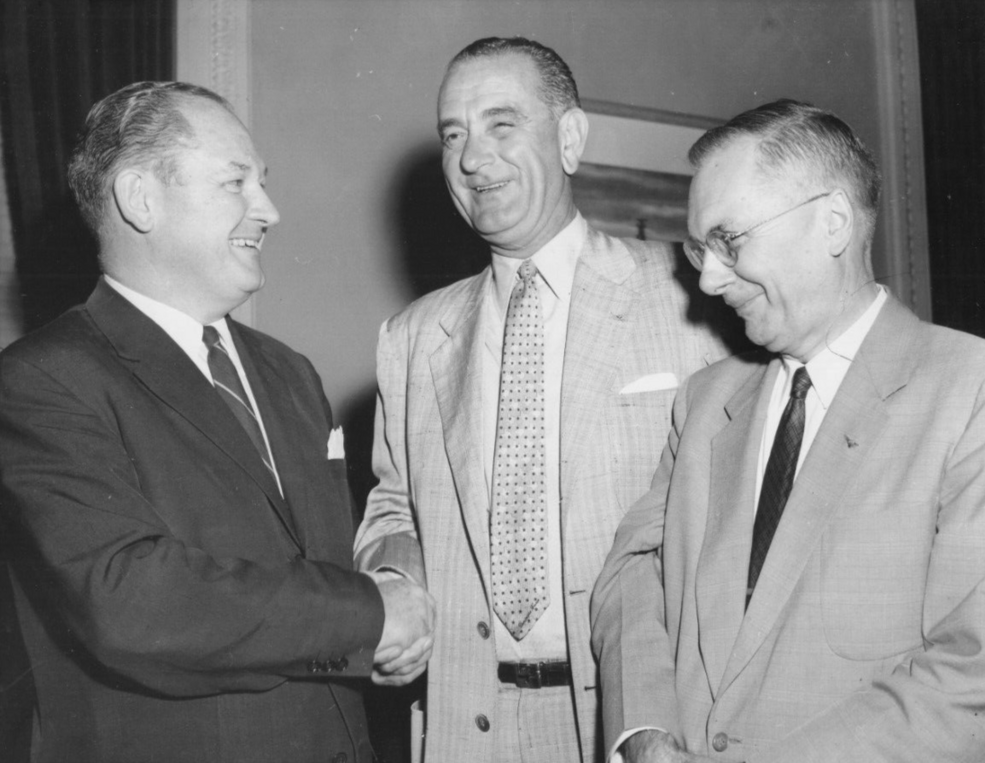
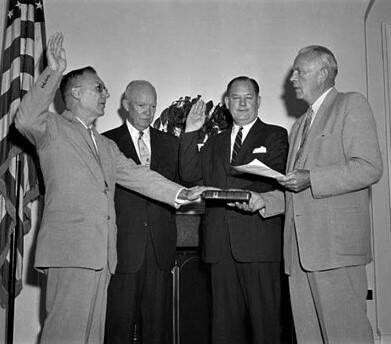
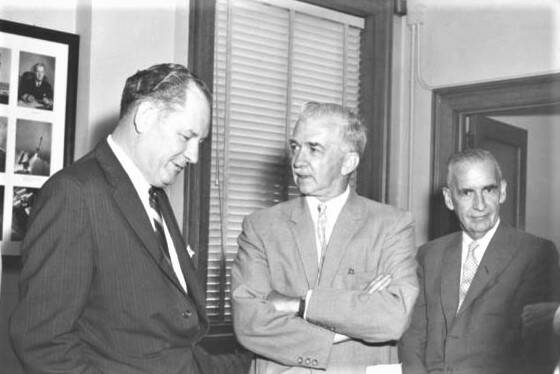
Left: Following their nominations, T. Keith Glennan, left, and Hugh L. Dryden, right, pose with Senate Majority Leader Lyndon B. Johnson before their confirmation hearings. Middle: Dryden, left, and Glennan, second from right, are sworn in as President Dwight D. Eisenhower looks on. Right: Two days after his swearing in as NASA Administrator, Glennan, left, attends the final meeting of the National Advisory Committee for Aeronautics.
To lead the new agency, President Eisenhower chose T. Keith Glennan, president of Case Institute of Technology (CIT) in Cleveland, Ohio. When the two met at the White House on Aug. 8, Glennan agreed to accept the position, insisting that Hugh L. Dryden, director of NACA, serve as his deputy to maintain continuity through the transition from one agency to the next. The President formally nominated them that day. The Senate held confirmation hearings on Aug. 14, confirming them the next day. In a White House ceremony on Aug. 19, Glennan and Dryden were sworn in as NASA’s first administrator and deputy administrator, respectively, with Eisenhower handing them their commissions.

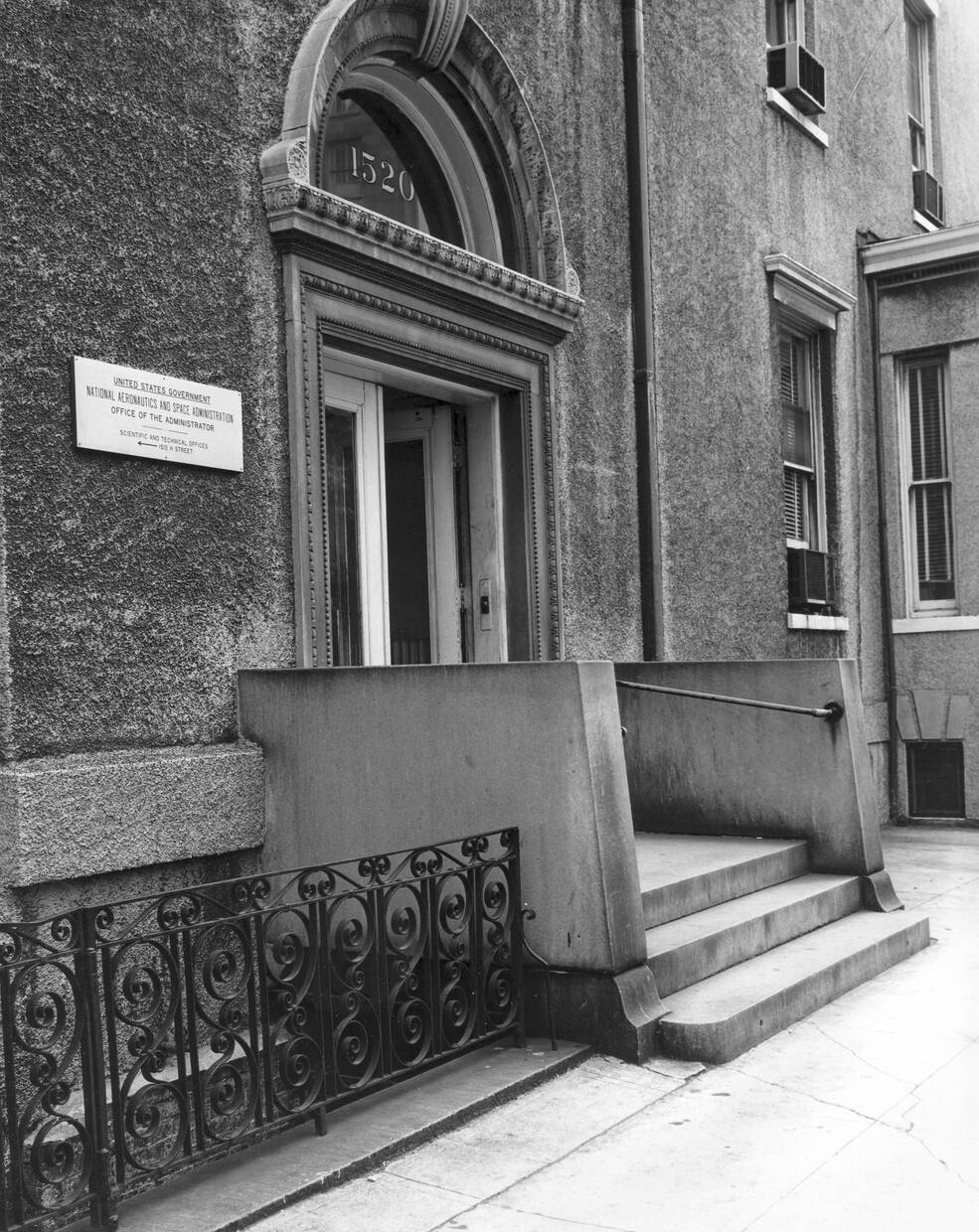
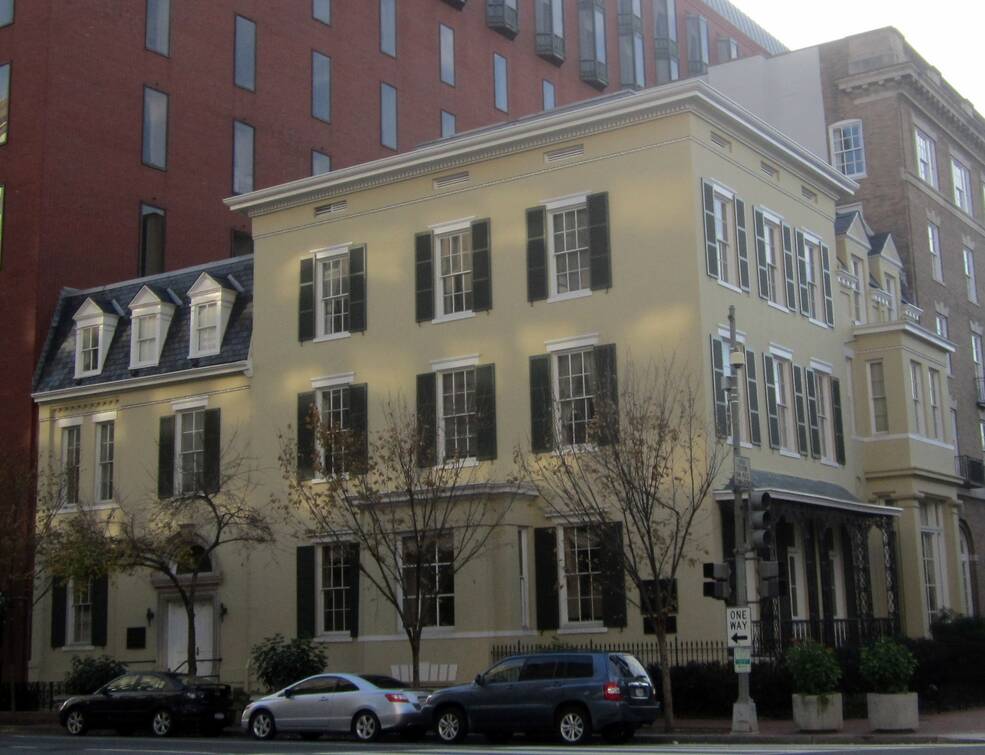
Left: The Dolley Madison House, NASA’s Headquarters in Washington, D.C., from 1958 to 1961. Middle: The main entrance to the Dolley Madison House, with a plaque announcing it as NASA’s Headquarters. Right: The Dolley Madison House as it appears today.
Glennan reported for duty in Washington on Sept. 9, after arranging for his orderly departure from CIT. He settled into his office in the Dolley Madison House on LaFayette Square, the home of NASA Headquarters for the next three years, and just down the street from NACA’s old headquarters that NASA converted into scientific and technical offices. On Oct. 1, the day the agency officially opened for business, Glennan addressed 170 employees gathered in the courtyard of the Dolley Madison House. In a remarkably smooth transition, the new agency absorbed NACA’s 8,000 employees and $100M budget. At its start, NASA consisted of the small headquarters staff, three research centers – the Langley Aeronautical Laboratory in Hampton, Virginia, the Ames Aeronautical Laboratory in Mountain View, California, and the Lewis Flight Propulsion Laboratory in Cleveland, Ohio – and two small test facilities, the Muroc Dry Lake in California’s high desert for high-speed flight research, and one for sounding rockets at Wallops Island in Virginia. As the agency’s portfolio grew, it absorbed other facilities and built entirely new ones. Four days after NASA’s officially opening, Glennan established the Space Task Group (STG) at Langley. The STG’s director, Robert R. Gilruth, led the team in developing Project Mercury that placed America’s first astronauts into space. Glennan retired with the change in presidential administration in January 1961, with Dryden served as acting NASA administrator until the swearing in on Feb. 14, 1961, of NASA’s second administrator, James E. Webb. Dryden stayed on as deputy administrator until his death on Dec. 2, 1965.
To be continued …


























